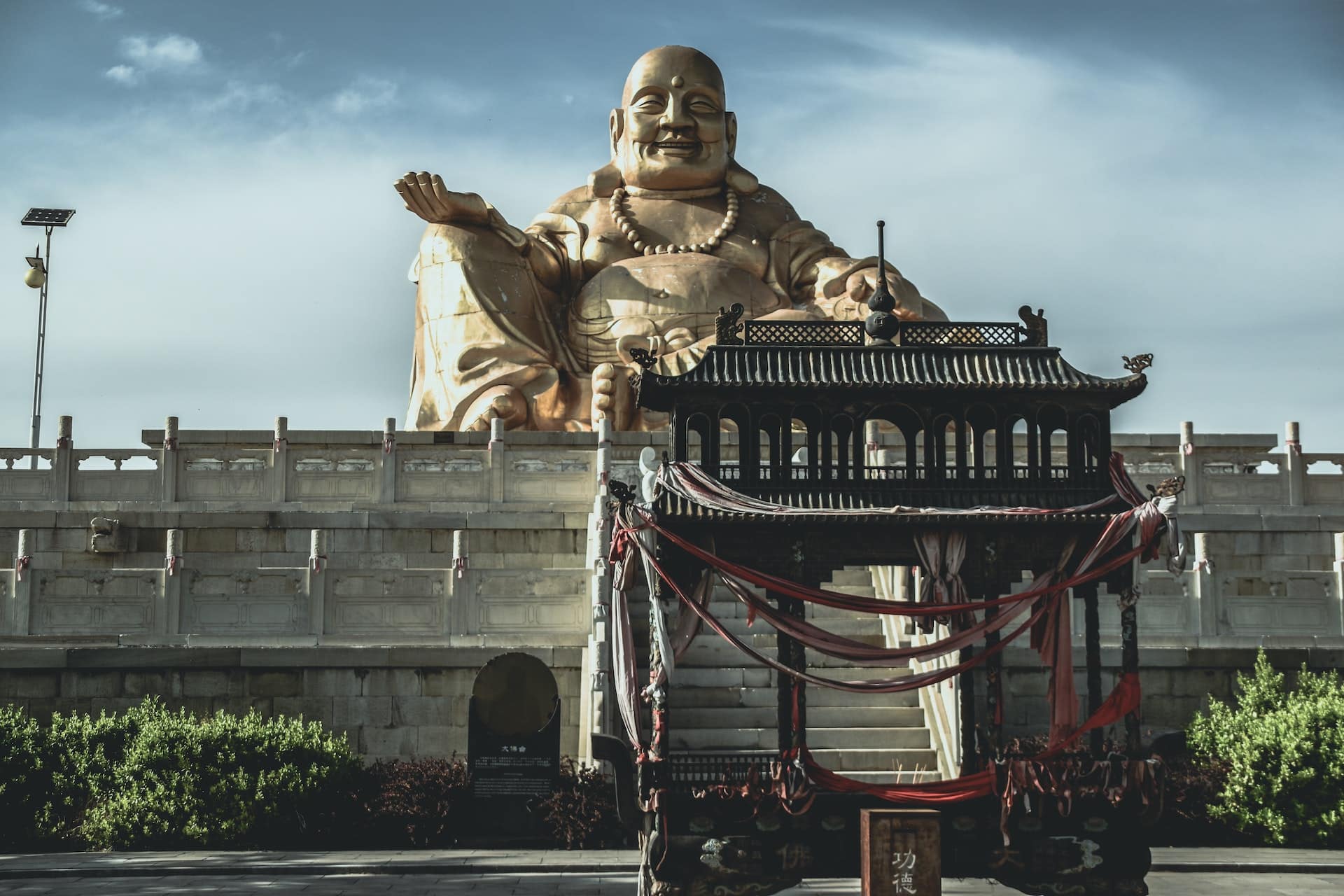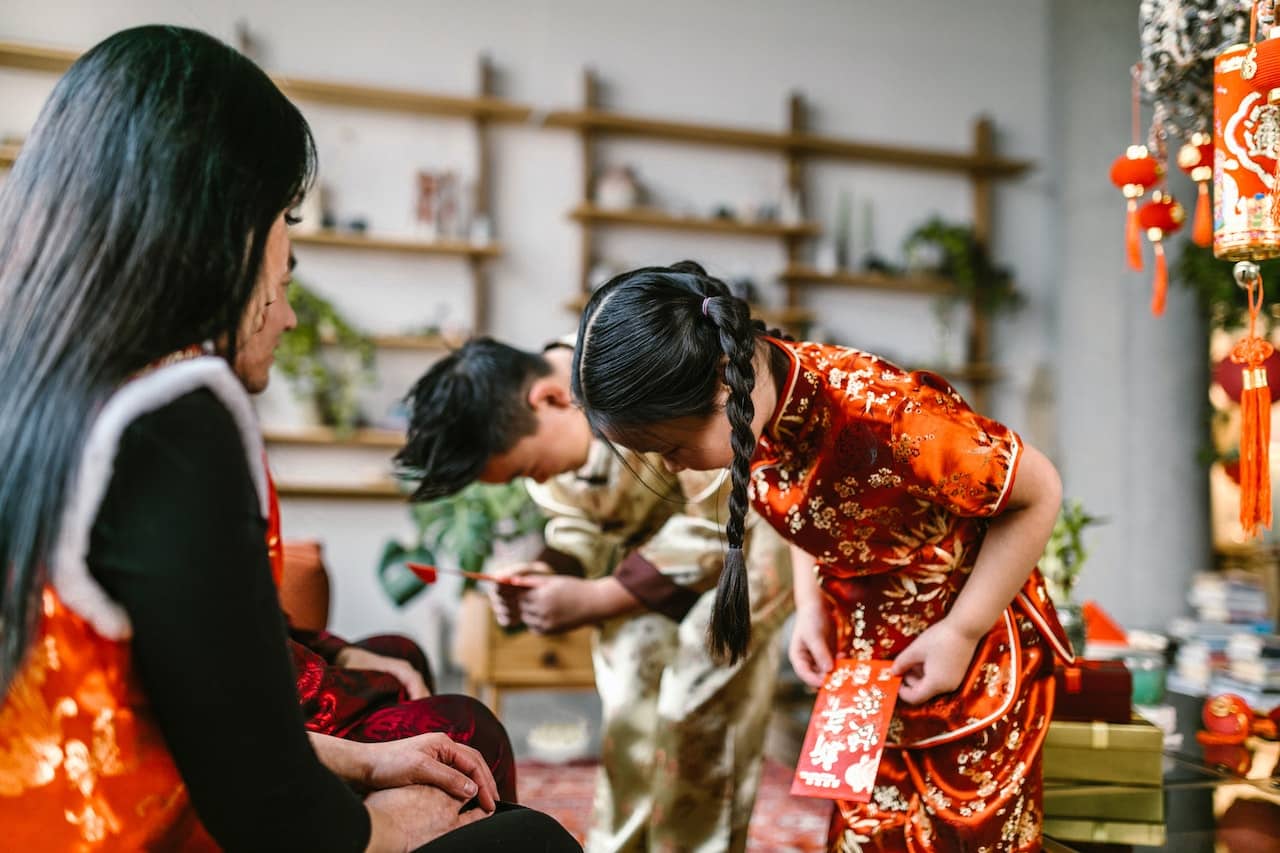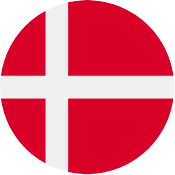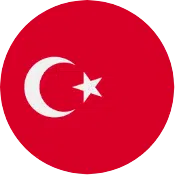
Differences Between Mandarin and Cantonese
Wandering what are the differences between Mandarin and Cantonese? Ever wondered what sets Mandarin and Cantonese apart in the vast world of Chinese languages? Are you intrigued by the fascinating world of Chinese languages? Particularly between especially Mandarin and Cantonese?
Understand the nuances and unique charms that distinguish Mandarin and Cantonese. You will then be able to to embark on a linguistic journey unlike any other. Explore the charm of Chinese linguistics and find the marvels that make them shine. Let’s get started on this exciting Chinese language contest!
Basic Differences Between Mandarin and Cantonese
Chinese is a multidimensional language with a diverse range of dialects. Yet, with Mandarin and Cantonese occupying centre stage.
Mandarin as status as the official language of China, Taiwan, and Singapore. That said, Mandarin is often considered to be the main form of Chinese. Its elegant label “(P tng huà)” accurately describes its enormous popularity.
Meanwhile, Cantonese is a strong rival, especially in bustling cities such as Hong Kong and Macau. Cantonese, known for its distinctive charm, attracts its speakers from all around the world.
Chinese: It’s like an umbrella term for different dialects, including Mandarin and Cantonese.
Mandarin: The most popular form of Chinese, spoken by many across the world
Cantonese: Another dialect spoken in Hong Kong, Macau and diaspora abroad

Written Differences Between Cantonese and Mandarin
It’s important to understand the written differences amongst Mandarin and Cantonese. To start, both dialects share a writing system that’s practically identical. There are just a few lexical oddities to both languages.
Mandarin and Cantonese use the same writing system, with characters representing words or concepts. In Mandarin and Cantonese, for example, the letter “means “you,” whereas “means “good” or “well.”
Greetings:
“Hello” in Mandarin: 你好 (Nǐ hǎo)
“Hello” in Cantonese: 你好 (Nei hou)
At a closer look, you will find that the characters are identical. Yet the pronunciation adds a unique touch to each dialect. This shared writing system allows Mandarin and Cantonese speakers to communicate effortlessly through written messages. It helps breaking down barriers and encouraging understanding.
Spoken Styles:
As the characters unite them in writing, the spoken styles reveal their distinct differences. In Mandarin, you would greet someone with “你好吗?(Nǐ hǎo ma?)” to ask “How are you?”. In Cantonese, it transforms into “你好嗎?(Nei hou ma?)”. It important to notice how the pronunciation and intonation differ. A showcase of the rich structure of the Chinese language.
Vocabulary:
“Goodbye” in Mandarin: 再见 (Zàijiàn)
“Goodbye” in Cantonese: 再見 (Zoi gin)
Pronunciation:
“Thank you” in Mandarin: 谢谢 (Xièxiè)
“Thank you” in Cantonese: 唔該 (M̀hgòi)
Grammar:
“I am a student” in Mandarin: 我是学生 (Wǒ shì xuéshēng)
“I am a student” in Cantonese: 我係学生 (Ngóh haih hohksāng)
Sign up for our offers
Exclusive discounts on your course with Cactus directly on your inbox!
Diversity of Tones and Territories
Despite being similar in writing there are quite a few variations of Mandarin and Cantonese tones! Find out the importance of their tonal systems before start learning one these two languages.
Tones:
Mandarin and Cantonese distinguish themselves by tones. Mandarin has four unique tones, but Cantonese has nine, making it a complete linguistic symphony. Let us investigate the enchantment of the word “ma” and how its tones produce interesting variations:
In Mandarin Chinese, the word “ma” can have different meanings depending on the tone used:
- “ma” (妈) with the first tone (mā) means “mother.”
- “ma” (麻) with the second tone (má) means “hemp.”
- “ma” (马) with the third tone (mǎ) means “horse.”
- “ma” (骂) with the fourth tone (mà) means “scold.”
In Cantonese Chinese, the word “ma” is also a tonal language with different tones conveying different meanings:
- “ma” (媽) with the high-level tone (maa1) means “mother.”
- “ma” (麻) with the mid-rising tone (maa4) means “hemp.”
- “ma” (馬) with the low-rising tone (maa5) means “horse.”
- “ma” (罵) with the low-falling tone (maa6) means “scold.”
These examples highlight the importance of tones in both Mandarin and Cantonese. Changing the tone can change the meaning of a word entirely. It’s a fascinating aspect of Chinese languages that you should pay attention to.
Location:
Cantonese resonates in Southern China, in places such as Hong Kong and Macau. On the other hand, Mandarin is mostly spoken China and Taiwan. Each dialect thrives in its own territory, offering a unique cultural experience.

Language Evolution of Mandarin and Cantonese
Mandarin:
As a global language, Mandarin takes centre stage in official communication. It’s also the main language when it comes to international organisations. Across international borders, it serves as a bridge for communication and trade.
Cantonese:
Amid the diaspora, Cantonese is still the main form amongst many communities in the UK and USA. There are over 80 millions of speakers of Cantonese across the globe.
The Differences Between Mandarin and Cantonese – Which one to study?
Are you looking to chose a language for a particular reason?! Will you embrace the widespread utility of Mandarin, unlocking endless opportunities? Or will you cherish the profound heritage and artistic legacy of Cantonese? Embrace the journey that most suits you, as both languages promise an enchanting voyage of discovery. Far more people speak Chinese Mandarin, however Cantonese is still spoken by millions across across the world.
Cactus offer a range of courses suitable at all levels for Chinese-Mandarin and Cantonese. Not only can you study in one of our language centres, but you can also study at home! With weekly lessons, you can soon build up your skills to be able to converse in one of these countries.

 French
French German
German Italian
Italian Spanish
Spanish Arabic
Arabic Cantonese
Cantonese Czech
Czech Croatian
Croatian Danish
Danish Dutch
Dutch English
English Greek
Greek Hebrew
Hebrew Hindi
Hindi Japanese
Japanese Korean
Korean Norwegian
Norwegian Polish
Polish Portuguese
Portuguese Russian
Russian Swedish
Swedish Thai
Thai Turkish
Turkish Ukrainian
Ukrainian